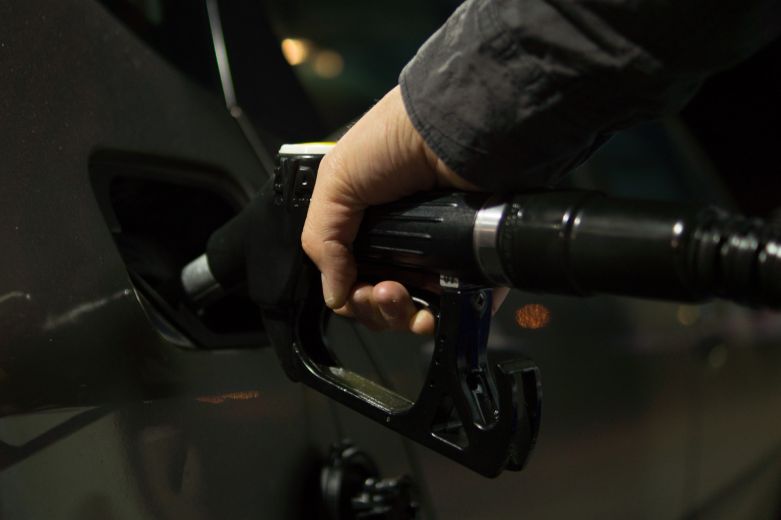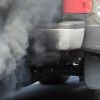The Society of Motor Manufacturers and Traders (SMMT) launched a campaign to publicise the latest range of super-clean Euro 6 diesels in 2015.
What is a Euro 6 diesel?
In brief, it is a car that meets super-strict emissions regulations set to come into force in 2014. Current exhaust emissions regulations meet Euro 5 standards, which became mandatory on 1 January 2011 for the sale of all new cars. Euro 6 standards are the next progression of this, and all new cars sold from 1 January 2015 must meet them.
Meeting these Euro emissions regulations is, with a few exceptions, relatively straightforward for petrol engines. For diesel cars though, it is much more challenging.
Euro 5 regulations clamped down on exhaust particulates, which mean many new diesel models are fitted with standard exhaust particulate filters (particulates is less of an issue for petrol cars). This time, Euro 6 regulations are targeting a reduction in nitrous oxides, or ‘NOx’, because they are a significant greenhouse gas and air pollutant.
Indeed, the greenhouse gas effect of nitrous oxide itself is hundreds of times greater than carbon dioxide: it is the fourth largest contributor to greenhouse gas global warming.

RAC sale – up to 33% off*
• Roadside cover from £5.29 a month†
• We get to most breakdowns in 60 mins or less
• Our patrols fix 4/5 breakdowns on the spot

The cut is large: an Euro 6 diesel car must emit more than 50 per cent less nitrous oxides than a Euro 5 diesel. The cap is 80 mg/km, compared to a 180 mg/km allowance for Euro 5 diesels. The reduction from Euro 4 to Euro 5 was 20 per cent, showing how severe the reduction demanded by Euro 6 is.
Back in 2000, the nitrous oxide limit was 500 mg/km, illustrating how large the reduction has been.
Local air pollution is also being tackled by Euro 6 standards with a cap on emissions of hydrocarbons and nitrous oxides from diesel cars. These are limited to 170 mg/km, compared to 230mg/km with the current Euro 5 regulations.
This is why Euro 6 regulations are so significant. Diesel engines naturally produce higher levels of nitrous oxides than petrol cars. Euro 5 was a daunting target for diesel engines to meet, but Euro 6 is perhaps even more challenging.
To meet them, car manufacturers are having to invest in yet more new diesel engine filtration technology to clean up exhaust emissions. One example of this is Selective Catalytic Reduction, which stores emissions and then ‘selectively’ heats up to regenerate and neutralise the emissions. Another alternative is a fuel-borne urea solution (commonly known as ‘AdBlue’) which breaks down emissions in the exhaust.
Both ‘NOx filter’ solutions are costly. Diesel cars are already more expensive than comparable petrol models because of the costly exhaust aftertreatment they require, and this will add to the price premium.
Euro 6 emissions compliance will increasingly become a selling point over the next year or so, as the 2014 Euro 6 regulations come into force. What is not yet clear is how much it may add to the list price of diesel cars. The challenge for car manufacturers right now is to ensure it is kept as manageable as possible…
Get 30 driving tips that will save you money
Running a car isn’t cheap, but there are some easy things you can do to keep your costs down. Get these tips and more useful driving articles sent straight to your inbox now.















